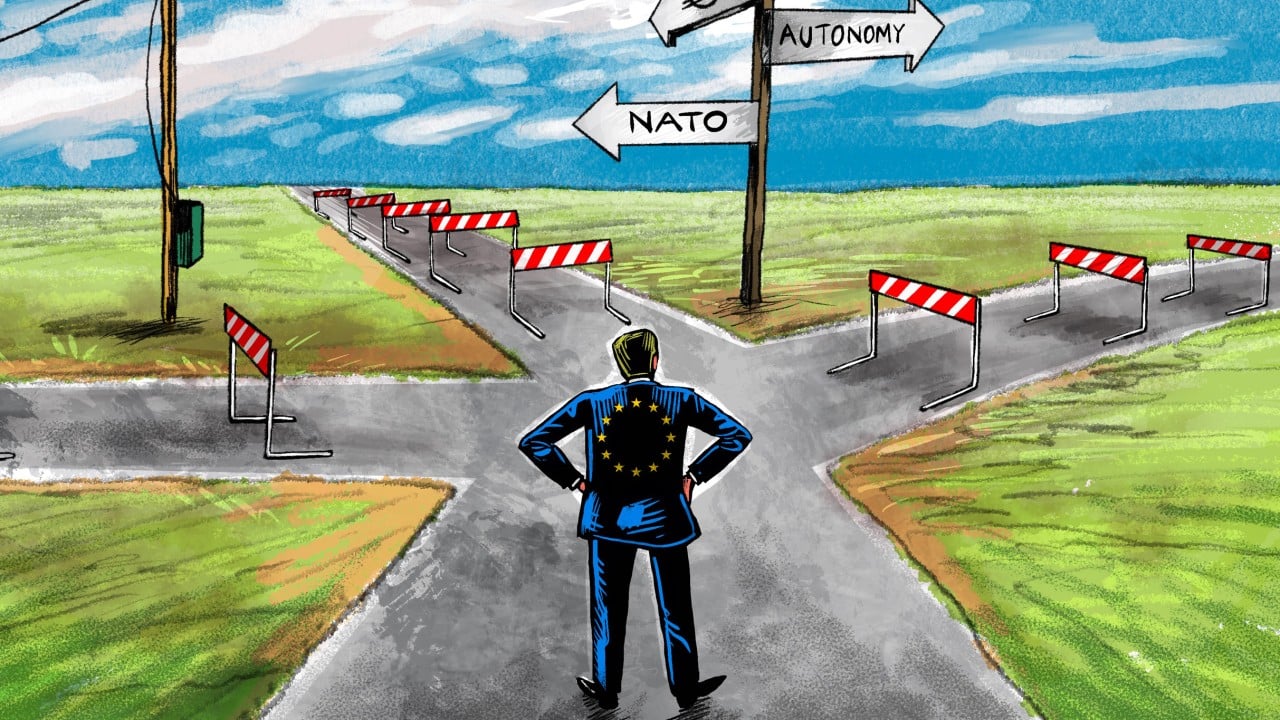In 1966, French president Charles de Gaulle withdrew France from the integrated military command of Nato, on the grounds that the United States’ dominance of the transatlantic security alliance undermined not only French sovereignty but that of other European members.
Advertisement
He later signed a cooperation agreement with the Soviet Union, showing by example what autonomous foreign policies could look like for a Europe of sovereign states.
With the fall of the Berlin Wall, many European states opted for a path of integration and centralisation that the French statesman would have eschewed. Their leaders saw much value in pursuing trade, infrastructural and sociocultural integration across the continent.
Today, the EU is facing the most severe territorial transgression on its doorstep since the second world war. Russian President Vladimir Putin, buoyed by his recent diplomatic victories with Beijing and New Delhi, is adamant that his war on Ukraine must go on – even if it ends in a pyrrhic victory.
Three and a half years into the invasion, the European Union must recognise that the following three goals cannot be easily accomplished concurrently.
Advertisement
The first is upholding Ukrainian territorial integrity and Europe’s collective security. While pro-Russian voices make the case that Ukraine must remain a neutral buffer between “the West” and “Russia”, the argument cuts both ways. If Ukraine cedes much of its eastern regions to Russia, it will be deprived of its industrial heartlands.

